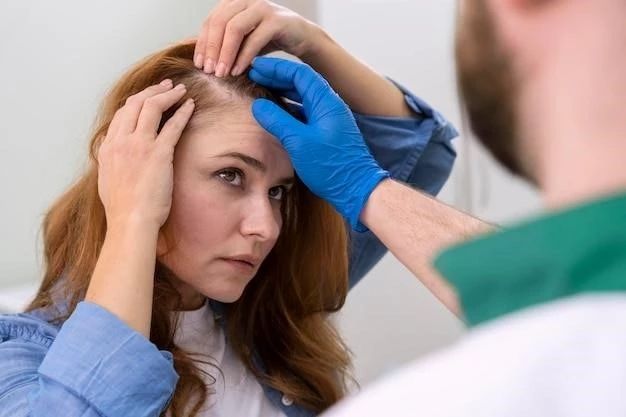Ter Haar syndrome, also known as Frank-Ter Haar syndrome, is a rare genetic disorder characterized by skeletal, craniofacial, and ocular abnormalities.
Ter Haar syndrome, also referred to as Frank-Ter Haar syndrome, is a rare genetic disorder characterized by a variety of skeletal anomalies, craniofacial features such as wide fontanels and prominent forehead, ocular abnormalities like megalocornea, and developmental delays. The condition is associated with autosomal recessive inheritance and is caused by mutations in the SH3PXD2B gene, leading to a range of distinct physical and developmental traits.
Definition and Characteristics
Ter Haar syndrome, also known as Frank-Ter Haar syndrome, is a rare genetic disorder with distinct skeletal, craniofacial, and ocular features.
Inheritance Pattern and Genetic Mutation
Ter Haar syndrome follows an autosomal recessive inheritance pattern. The condition is primarily caused by mutations in the SH3PXD2B gene located on chromosome 5q35.1٫ leading to a range of skeletal٫ craniofacial٫ and ocular abnormalities characteristic of the syndrome.
Clinical Features of Ter Haar Syndrome
Ter Haar syndrome presents with various skeletal, craniofacial, and ocular abnormalities, including megalocornea, wide fontanels, and prominent forehead.
Skeletal Anomalies and Craniofacial Features
Ter Haar syndrome is characterized by skeletal anomalies such as bowing of long bones, and craniofacial features including wide fontanels, prominent forehead, hypertelorism, macrocornea with or without glaucoma, full cheeks, small chin, and flexion deformities of fingers. Additionally, protruding ears and a prominent coccyx are regarded as important diagnostic signs of the syndrome.

Diagnosis and Management of Ter Haar Syndrome
The diagnosis of Ter Haar syndrome involves genetic testing to identify mutations in the SH3PXD2B gene. Management focuses on addressing individual symptoms and providing early interventions for developmental delays.
Diagnostic Criteria and Testing
Diagnosis of Ter Haar syndrome involves genetic testing to identify mutations in the SH3PXD2B gene located on chromosome 5q35.1. The characteristic skeletal٫ ocular٫ and craniofacial features play a key role in clinical diagnosis.
Prognosis and Complications of Ter Haar Syndrome
Individuals with Ter Haar syndrome may experience complications related to skeletal anomalies, craniofacial features, and ocular abnormalities, impacting their long-term health outlook.
Associated Health Risks and Long-Term Outlook
Individuals with Ter Haar syndrome may face health risks related to skeletal, craniofacial, and ocular issues, impacting their long-term health prognosis and necessitating specialized medical care.

Ongoing Research and Future Perspectives on Ter Haar Syndrome
Ongoing studies focus on further understanding the genetic mutations in SH3PXD2B gene and exploring potential therapeutic strategies for addressing the spectrum of skeletal, ocular, and craniofacial abnormalities present in individuals with Ter Haar syndrome.
Investigative Studies and Potential Therapeutic Approaches
Current research on Ter Haar syndrome focuses on understanding the underlying genetic mutations, particularly in the SH3PXD2B gene, and exploring therapeutic strategies to manage the skeletal, craniofacial, and ocular aspects of the condition. Studies aim to develop targeted treatments to improve the quality of life for individuals affected by Ter Haar syndrome.
